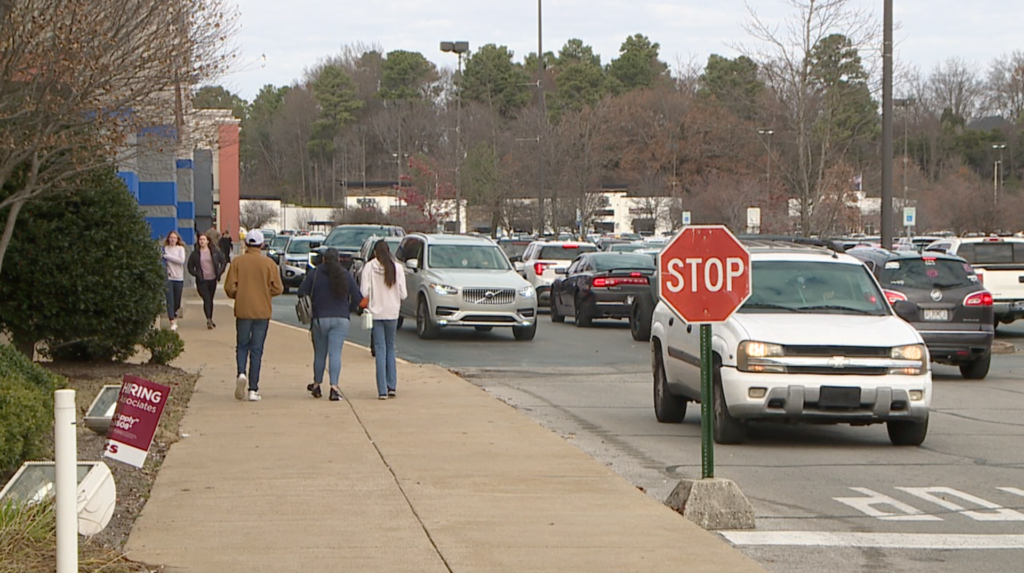Tech
YouTube moves to AV1 by default to the dismay of some Android users

Summary
- With the rise of 4K video, the AV1 codec is becoming popular for better quality on Android devices.
- Google has rolled out support for a new AV1 decoder to many Android devices, but apps have to specifically declare that they want to use the new feature.
- YouTube has opted to use the new decoder by default, and some users are concerned about battery ramifications due to lack of hardware acceleration support.
As video continues to evolve, the demand for new technology to handle its complexity is growing. With the arrival of 4K video, for example, developers quickly became aware that existing video codecs like H264 were no longer going to cut it. To that extent, AV1 has started to become the popular standard for decoding and encoding on devices. Now, Google is ready to adapt to the changing times, and it will soon be reflected on YouTube.
YouTube’s 1080p enhanced bitrate option is now widely available on the web
Android device owners will have to wait a bit longer
Arif Dikici, who is a part of the Android Video and Image Codecs team at Google, recently announced on LinkedIn that Android will now use an AV1 decoder known as “libdav1d,” which was created by the team behind VLC. As specified, all devices dating back to Android 12 will have native software support for the codec once they’ve received the March 2024 Google Play System Update.
YouTube going AV1 by default adds a wrinkle to the rollout
While the update will bring improved AV1 codec support to a huge number of Android phones, it doesn’t activate the new codec by default — instead, the existing AV1 decoder, libgav1, is used, unless an app specifically requests to use the newer dav1d decoder to process video. That’s exactly what YouTube started doing immediately after this rollout began, and it’s causing controversy among some Android users.
One of the key benefits of the codec is that it helps maintain video quality during compression and decoding, so many users are excited about the potential for higher quality AV1 video. However, not everyone is happy with the change — particularly those with older devices and midrange phones. It’s mostly newer higher-end phones that have hardware decoding support for AV1, so those with midrange devices and older flagships may have to rely on software decoding now that YouTube has opted in to the libdav1d decoder. Many of these Android users have expressed concern over how the change will impact their battery life if it means a move away from hardware-accelerated decoding.
While there are valid reasons to be concerned, it’s worth noting that Google isn’t the first to bring about such a change to a widely used service like YouTube. Back in 2020, Netflix did something similar for its Android app users, making AV1 its new standard. Prior to this change, Netflix confirmed that it had been using VP6 codec for its Android app. With the upgrade, it started to allow subscribers to stream content and also enabled the “Save data” feature while leveraging mobile service. It doesn’t seem like there was as much uproar over Netflix’s move compared to what Android users are currently saying — perhaps time will ease the worries that emerged with Google’s recent news.
Thanks: Armando









